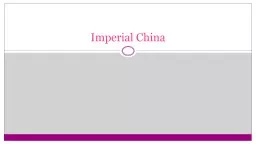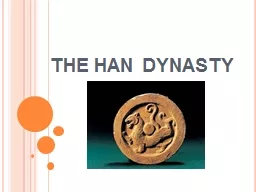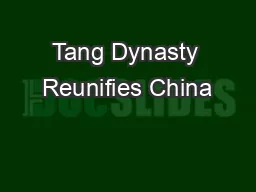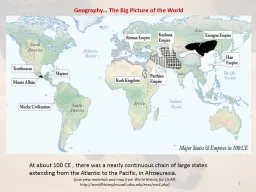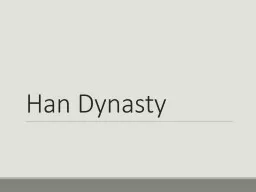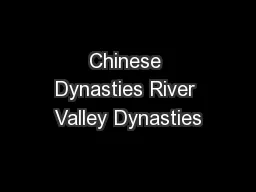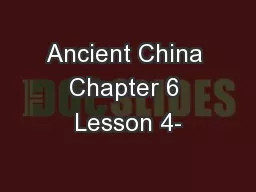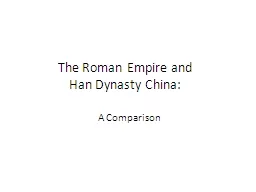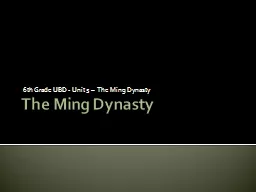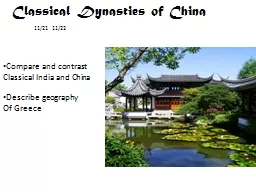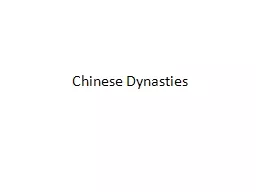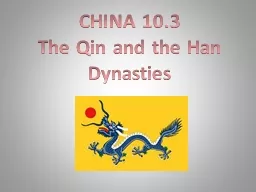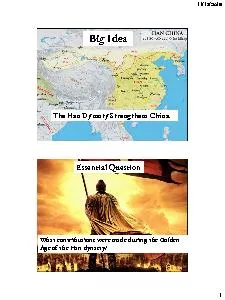PPT-Imperial China China after the Han Dynasty
Author : mitsue-stanley | Published Date : 2018-11-08
Political disunity following the collapse of the Han dynasty During this time many Chinese people began to migrate south Partly a natural migration Partly due to
Presentation Embed Code
Download Presentation
Download Presentation The PPT/PDF document "Imperial China China after the Han Dyna..." is the property of its rightful owner. Permission is granted to download and print the materials on this website for personal, non-commercial use only, and to display it on your personal computer provided you do not modify the materials and that you retain all copyright notices contained in the materials. By downloading content from our website, you accept the terms of this agreement.
Imperial China China after the Han Dynasty: Transcript
Download Rules Of Document
"Imperial China China after the Han Dynasty"The content belongs to its owner. You may download and print it for personal use, without modification, and keep all copyright notices. By downloading, you agree to these terms.
Related Documents

